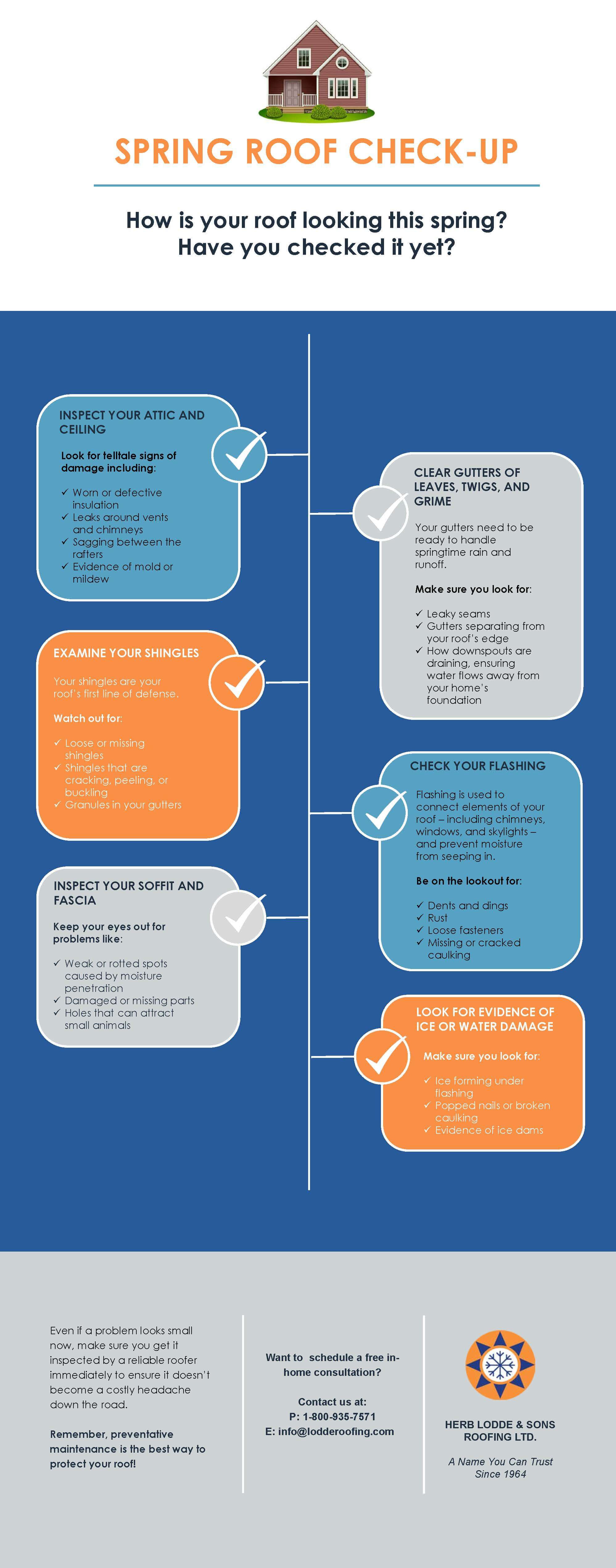Discover Just How The Complex Partnership In Between Expenses And Ecological Effects Can Expose The Full Capabilities Of Solar Energy In Contrast To Standard Power Sources
Discover Just How The Complex Partnership In Between Expenses And Ecological Effects Can Expose The Full Capabilities Of Solar Energy In Contrast To Standard Power Sources
Blog Article
Web Content By-Clayton Spencer
When evaluating the feasibility of solar energy versus typical energy sources, you may find yourself considering the long-lasting sustainability and effect on your financial resources. The detailed balance between initial expenses, recurring costs, and environmental effects raises crucial questions concerning the future of power generation. As you browse via the complexities of this contrast, a much deeper understanding of the subtleties in cost-effectiveness, environmental stewardship, and power security waits for exploration.
Cost-Effectiveness Comparison
When contrasting the cost-effectiveness of solar power with traditional power resources, it comes to be apparent that first financial investment differences play an essential duty in establishing long-lasting cost savings.
While mouse click the following web site call for a greater ahead of time financial investment for setup and tools, they provide considerable long-lasting benefits that can surpass the preliminary expenses. The vital lies in understanding that solar power systems have minimal ongoing operational and maintenance expenses contrasted to typical energy sources like nonrenewable fuel sources.
By purchasing solar energy, you can possibly save on utility costs over the system's life-span. In addition, with innovations in modern technology and lowering installment costs, solar energy has come to be more available and inexpensive for homeowners and businesses alike. These cost savings can accumulate gradually, offering a return on investment that goes beyond traditional power sources.
Furthermore, solar energy systems offer the benefit of energy self-reliance and stability against varying utility costs. By harnessing the power of the sun, you add to a cleaner environment and lower your carbon footprint. Embracing solar power not just advantages your wallet however additionally the earth in the long run.
Environmental Impact Analysis
Solar energy provides a promising choice to traditional power resources due to its considerably reduced environmental influence. Unlike fossil fuels that release harmful greenhouse gases and contribute to air contamination, solar energy produces electricity without generating any kind of emissions.
The procedure of taking advantage of solar energy entails catching sunlight through photovoltaic panels, which does not release any pollutants into the ambience. This absence of discharges helps in reducing the carbon footprint related to power manufacturing, making solar power a cleaner and a lot more lasting option.
Additionally, https://screenrant.com/get-tesla-solar-power-how/ of solar power adds to preservation initiatives by minimizing the demand for finite resources like coal, oil, and gas. By depending on the sunlight's abundant and renewable energy resource, we can assist preserve all-natural environments, shield environments, and mitigate the unfavorable impacts of resource removal.
Reliability and Power Landscape Analysis
For a detailed analysis of dependability and the power landscape, it's necessary to evaluate just how solar energy compares to traditional sources. Solar power is gaining ground as a reputable and sustainable energy source. While standard sources like coal, oil, and gas have actually been historically leading, they're finite and add to ecological destruction.
Solar power, on the other hand, is abundant and sustainable, making it a much more lasting choice over time.
In terms of dependability, solar power can be based on weather conditions and sunlight accessibility. However, advancements in modern technology have caused the growth of energy storage space options like batteries, improving the dependability of solar power systems. Typical resources, as a matter of fact, are prone to cost fluctuations, geopolitical stress, and supply chain disruptions, making them much less trusted in the long-term.
When examining the power landscape, solar power supplies decentralized power manufacturing, decreasing transmission losses and enhancing energy safety and security. Conventional sources, with their central power plants, are much more at risk to disruptions and require extensive framework for distribution.
Conclusion
Finally, when contrasting solar power to traditional energy sources, it is clear that solar power uses a cost-efficient, environmentally friendly, and dependable choice. With minimal functional expenses, possible cost savings on energy costs, and a dramatically lower ecological impact, solar power is coming to be an extra sustainable and safe alternative. Embracing solar power can help in reducing greenhouse gas emissions and add to conservation efforts, making it an engaging selection for the future.
